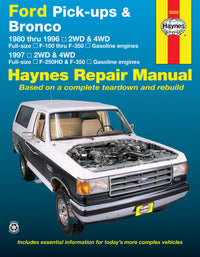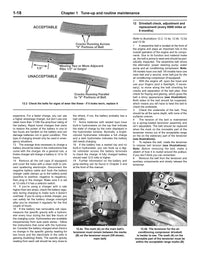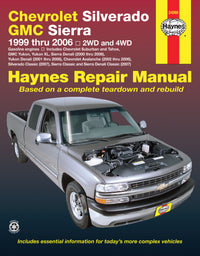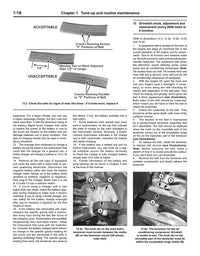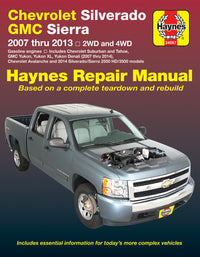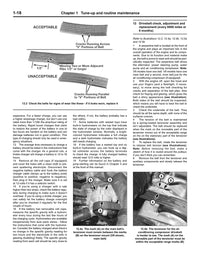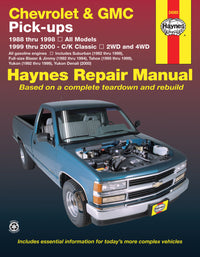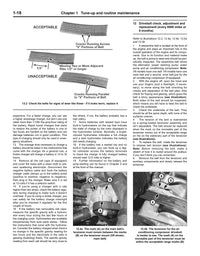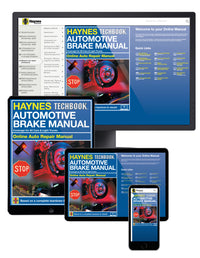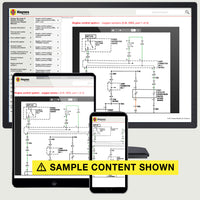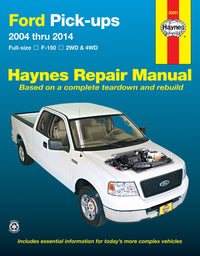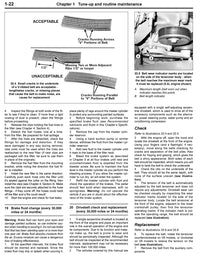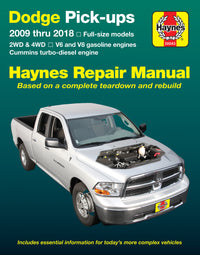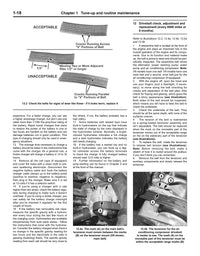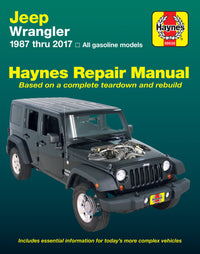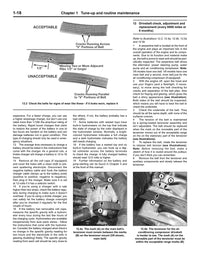Haynes has been telling people how to fix their motorcycles, and what to do to keep them from needing to be fixed, since the days of street-legal two-strokes, and drum brakes. The Motorcycle Safety Foundation (MSF) has been working for nearly as long to keep riders safe from other drivers and their own poor skills. Part of being a safe rider is keeping your machine in proper order, and toward that end, the MSF came up with T-CLOCK, their pre-ride once-over of all major systems on the bike.
MSF actually recommends you check your bike over at the end of the ride, so it is ready for the next one. But keeping the bike in order is so important to your safety, there is no reason not to check it before and after. The logic in checking it out after the ride is that you know about things that need repair and can plan on ordering parts, or dedicating time to adjust things before you need to get somewhere, like work.
And don't forget Ride to Work Day is Monday, June 18th this year.
T-CLOCK
- TIRES and WHEELS
- CONTROLS
- LIGHTS and ELECTRICAL
- OIL and FLUIDS
- CHASSIS and SUSPENSION
- KICKSTAND
TIRES - Check your tire pressure before you ride when the tires are cold, the correct PSI is listed on a factory sticker on the bike somewhere. Go over the sidewall on both sides and look for bulges caused by damage from potholes and curbs. Check how much tread is left (wear can happen surprisingly quickly in hot weather or under a heavy load) and look for any foreign objects that you may have run over.
WHEELS - With most bikes having cast aluminum wheels (and tubeless tires) you no longer have to periodically test and true them by going over every spoke by hand. If you do have spoked wheels, check for missing or loose spokes before or after every ride; a loose or missing spoke can quickly lead to a warped wheel if not fixed. Look for signs that the wheels bearings are failing or that the grease has leaked past the seals. Make sure there is no side to side play in the bearings and that the wheels roll freely. While spinning look for flat spots or wobbles that would indicate the wheel is out of true; even cast alloy wheels can go out of true due to potholes or minor accidents.
BRAKES - Don't forget to look at the brake discs and other hardware while going over the wheels. Check that there is plenty of pad left and that the rotors haven't become warped or grooved.

CONTROLS - Check the brake and clutch lever handle for proper function. Be sure they pivot freely, are lubricated, and that the pivot bolt and nut are there and tight. Check for proper fluid level in hydraulic systems. Look over the entire length of the brake (and clutch) hoses and notice any cuts, swelling, or pinches that may be an indication of a failure in the near future. Don't forget to check the rear brake pedal and fluid as well, or check for proper linkage adjustment if a mechanical drum.
CABLES - Modern bikes are using less and less cables these days, even for throttles. Be sure your cables are well lubricated with no kinks or pinches in the housing (don't forget the speedometer and tachometer, if you have older mechanical versions), and move freely. Look for signs of fraying in the ends. Adjust for the proper amount of play.
THROTTLE - Even if your bike has throttle by wire, instead of a cable operated throttle, you still need to check it. Now is the time to discover that the throttle does not close quickly when you let your hand off of it. Too much play in the throttle can mean just a loose cable, or it can mean a failing throttle position sensor (TPS); the cable is easily adjusted, but a new TPS will likely need to be ordered.
LIGHTS - It is not exaggerating to say that your brake/tail light has probably saved your life more times than you know, so make sure it is working before every ride. Since the headlight is always lit on American market bikes, it is very easy to check that this bulb is functioning. Make sure all the blinkers work, and the reflectors are still intact for maximum visibility among traffic and at night.
ELECTRICAL - The time to find out your battery isn't charging is not when you are halfway home; the simplest test to do is check that the headlight gets brighter as you rev the motor. If you have a wet cell battery, check the fluid level in it. Make sure both battery terminals are tight and free from corrosion and check that the vent tube is in place and routed properly. Give the whole bike a quick once over for loose or pinched wires.
OIL - Check the engine oil level and look for signs of leaks under the bike. On shaft driven bikes, and bikes with separate primary drive and transmission oil, check all of these as well; since these tend to be neglected it is not hard to develop a leak and not know it until it is too late.
FLUIDS - You already checked the brake and clutch fluid with the controls, but check the coolant level on liquid cooled bikes and top off with clean water. Many bikes have a fuel gauge these days, but physically checking how much gas is in the tank is a good idea if you haven't ridden in weeks or longer. On bikes with petcocks, check that it is set to "on" and not "reserve" before you ride, and get gas if you are on reserve.
CHASSIS - Look over the frame for areas where the paint may have cracked or flaked, as that is a good indication that there may be a structural crack developing. Check the condition of the swingarm bushings by moving the rear wheel side to side, looking for play. Look for missing nuts and bolts, and occasionally check all of them for tightness, especially on singles and twins that vibrate a lot.
SUSPENSION - Look for signs of blown seals in the fork and shock or shocks, which typically presents itself as an oily residue which collects dirt and dust. Do a couple of bounces while sitting on the bike to check that nothing is binding or bent. With the front wheel off the ground, test that the steering stem bearings are tight with no play in them and no resistance or notchiness in the steering. Check the drive belt or chain for proper tension, and damage or wear; lubricate the chain.
KICKSTAND - This is the last thing you check, often as you fold it up and ride off. Make sure the side and center stand (and "jiffy stand" if you own a Harley) fold back and stay in place securely with the spring. On bikes with a side stand interlock, test the function by trying to put the bike into gear with the stand down (it should stall).
If you want the full, official MSF checklist, you can find it here in printable PDF format - T-CLOCK Checklist.
This list may seem long and complicated, but once you go over the bike a few times, it will become second nature. An extra few minutes spent on T-CLOCK every ride could save you money, by spotting lose fasteners before anything falls off for instance. And this pre-ride check just might save your life by catching a catastrophic failure before it happens.

